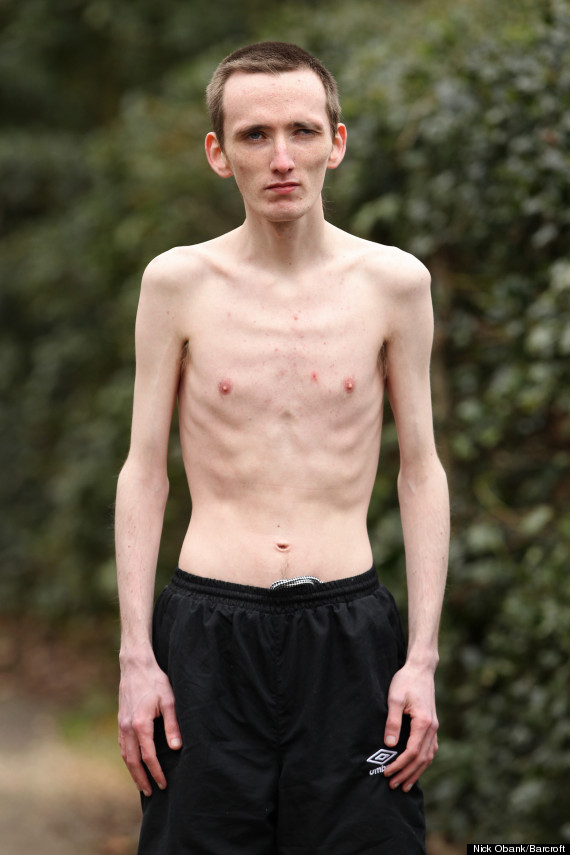By Philip Moeller, for U.S. News
Choral singing is great for health: It engages people mentally and physically. There is also a strong social networking benefit of a shared activity that is often emotionally uplifting. Now, if this experience occurs in a church service, does it produce even greater well-being and happiness? Is there, in short, a God dividend?
The benefit of choral singing "is pretty cool, really," says Ellen Idler, a professor of sociology at Emory University. Singing can get everyone in the church literally on the same page, moving their bodies and voices in unison, usually with stirring songs. "The singing can be very important" to improving well-being and happiness, she says.
More from U.S. News
In Pictures: The Best Places to Retire in 2012
Why Marriage Makes People Happy
10 Important Ages for Retirement Planning
It's also true, researchers say, that people who regularly attend religious services enjoy a boost in their happiness. However, research findings don't agree on how much of the benefit is religious and how much derives from the benefits of social networking and being with other like-minded people.
There is overwhelming research evidence that people can live longer if they actively engage in formal religious activities and follow their faith's behavioral prescriptions. This is especially true for religions that espouse healthy diets and discourage smoking and alcohol.
Research conducted decades ago on Mormons, Seventh Day Adventists, and the Amish "found stunningly lower mortality rates in these religious groups," Idler says. "Overall, they really are much healthier than the rest of us ... In some of them, the mortality rate is 25 percent, 30 percent, or even 50 percent lower, which is really astonishing."
These groups were chosen, in part, because they keep extensive genealogical records. They also advocate healthful lifestyles that set them apart from other religious groups as well as the broader public. However, later research with broader groups has found that religious observers generally enjoy happiness and mortality benefits.
"Regular and frequent religious attendance does seem to be one of the significant predictors of less stress and more life satisfaction," says Scott Schieman, a professor of sociology at the University of Toronto. "It just puts people in touch with like-minded congregants," he says, and thus produces many of the benefits of a strong social network. "It's a period of time when you can actually connect with others and you're not alone in your beliefs."
To identify a deity "bonus," though, is much harder. "You have to break it down into components and look at religious activities and religious beliefs," he explains, "and you have to look at them during times of stress. Is it the activity? If so, which kind of activity? Is it the belief? If so, is it [a belief in] life after death" or some other belief?
Idler grants that some of the most dramatic health benefits of religious observance involve faiths that require adherence to positive lifestyle behaviors. "Some people may write it off as nothing more than a result of lifestyle issues," she says. "My perspective on that is that if you want to have people follow a really restrictive lifestyle over their entire life, you have to have something that holds them together and perpetuates it. You could take religion out of the equation and it would fall apart."
"No matter if it is ancient burial practices or modern injunctions against smoking, the mechanism for the effect of religion on health seems to be that religion provides an effective social control mechanism for compelling behaviors over the course of their lifetimes that may deny individuals freedom, pleasure, or stimulation, but which appear to promote survival," Idler wrote last year in a paper that reviewed studies about religion's impact on mortality.
She also notes the ubiquity of religious symbols and imagery that add meaning and richness to religious observance.
Janet Ramsey, a pastor and theology professor at Luther Seminary in St. Paul, Minn., sees such symbols as part of a broader religious narrative that undoubtedly adds support and meaning to people's lives. In her research, she says, "people in a faith tradition find ways for their lives to intersect with that larger narrative" and a "much deeper, symbolic life."
"There is power there that gives meaning to life, and it also helps people as they get older with their self-identity and aging," Ramsey adds. "It makes you feel like you are part of an ongoing relationship that is bigger than yourself." In her research, she adds, being in a religious organization was not more beneficial in this regard than being spiritual but not active in an organized religion.
Feeling that we are part of something larger than ourselves can be tremendously comforting and supportive, Schieman agrees. "There's an assumption that most people want to feel that there's a sense of order, a sense of certainty [in life] rather than a cold randomness," he says. "Religion provides answers to a lot of these questions and if not answers, at least a big answer: There is God. There is a sense of meaning."
This sense of support produces great comfort and help to people as they get older, and especially as they near the end of their lives, Ramsey says. "The approach of death, coupled with a loss of control during the last days of life, can easily lead to anxiety and anger," she recently wrote. "Spirituality is one pathway among others that appears to mediate end-of-life anxiety by allowing older persons to remain peaceful, even when facing their own death and losing personal control."
Religion and spirituality also can help people achieve a sense of closure about their lives that includes a very important stage of forgiveness—to others, but also to themselves. "Some language and beliefs and rituals are provided [by religion] that help people with their needs for forgiveness," Ramsey says. "We finally make peace with the things we have done."



